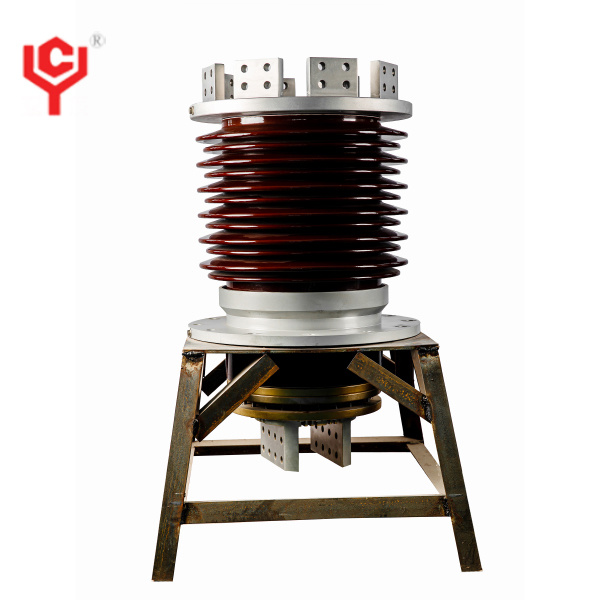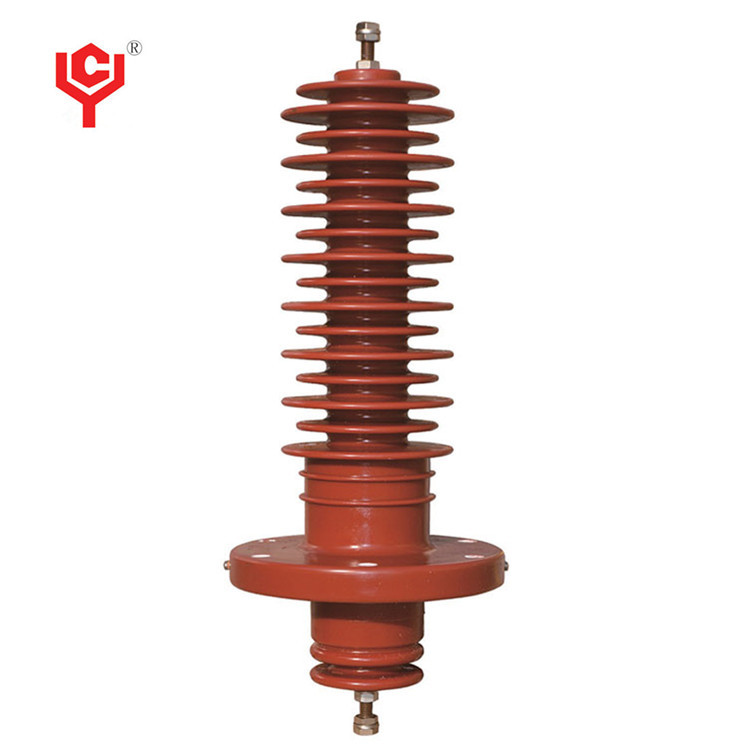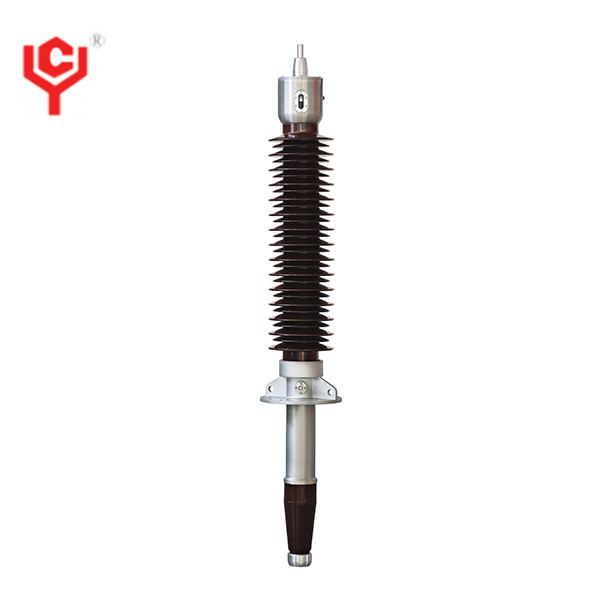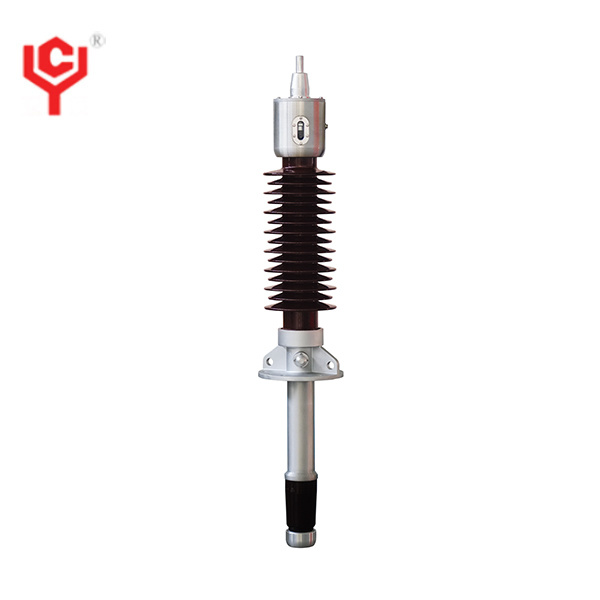Solution of no-load loss of power transformer
Release Time:
2021-09-15
The loss of power transformer mainly includes no-load loss and load loss two parts. The no-load loss of transformer mainly includes the hysteresis loss of core material, eddy current loss and additional loss, and because the no-load loss of transformer belongs to the excitation loss, it has nothing to do with the load.
The loss of power transformer mainly includes no-load loss and load loss two parts. The no-load loss of transformer mainly includes the hysteresis loss of core material, eddy current loss and additional loss, and because the no-load loss of transformer belongs to the excitation loss, it has nothing to do with the load.
1) Hysteresis loss is the loss caused by hysteresis phenomenon in the process of repeated magnetization of ferromagnetic materials. The size of hysteresis loss is proportional to the area of hysteresis loop.
2) Eddy current loss. Because the core itself is a metal conductor, the electromotive force due to the phenomenon of electromagnetic induction will create a circulation within the core, that is, eddy currents. The eddy current loss is caused by the eddy current flowing through the core and the resistance of the core itself. 3) Additional iron damage. The additional iron loss is not completely determined by the transformer material itself, but mainly related to the transformer structure and production technology. The causes of additional iron loss are as follows: there are high harmonic components in the flux waveform, which will cause additional eddy current loss; The loss increases due to the deterioration of magnetic properties caused by machining; The increase of local losses in the core joints and the T-zone between the core post and the yoke.
Methods to reduce no-load loss
Because no-load loss is an important parameter of the transformer, only accounting for 20% ~ 30% of the total transformer loss, to reduce no-load loss, must reduce the total core, unit loss and process coefficient. The main methods to reduce no-load loss are as follows:
(1) Adopt high permeability silicon steel sheet and amorphous alloy sheet. Ordinary silicon steel sheet thickness 0.3 ~ 0.35mm, low loss, available 0.15 ~ 0.27mm. At the same time, if the step stacking, and can reduce iron loss about 8%. The loss of high permeability silicon steel sheet can be reduced by laser irradiation, mechanical indentation and plasma treatment. However, the eddy current loss of amorphous alloy sheet and silicon steel sheet with silicon content of 6.5% made according to the principle of rapid cooling is smaller than that of high permeability silicon steel sheet.
(2) Reduce the process coefficient. Process loss coefficient is related to silicon steel sheet material, whether the punching and shearing equipment annealed, clamping degree and many other factors. It is also very important for the cutting tool precision, reasonable tool loading and adjustment of hedge shear equipment.
(3) Improve the core structure. The core is not punched, the glass adhesive tape is not bound, the end face is coated with curing paint, and the interphase yoke is bound with high strength steel tape. Non-magnetic steel plates are used to connect the upper and lower clips on both sides of the core column. The filling coefficient and cooling performance can be improved by not painting the large capacity core sheet. The two yokes of the core are made into a solid, flat and high vertical precision whole by means of pressing tooling and viscose. Loss can be reduced by reducing the width of the core lap. For every 1% reduction in the lap area, the no-load loss will be reduced by 0.3%. The core mixed with different grades of silicon steel sheet will consume energy, so should mix less or no pieces.
(4) Reduce the core window size. The insulation (thickness) of the winding is changed from constant turn to variable turn insulation. For example, according to the impact voltage distribution of a 120,000/110 transformer, the insulation thickness of the first end of the high voltage winding and the voltage regulation section is 1.35m, and the other sections are 0.95mm. As a result, the iron weight is reduced by 1.67% after the window size is reduced. Under the premise of safety, the distance between high and low main air passage should be reduced reasonably, the oil passage between cakes should be reduced, the distance between phases should be reduced, and the insulation treatment should be strengthened (Angle ring, partition board, etc.). The winding should adopt half oil passage structure, which can shorten the center distance of the core column, reduce the core weight, and reduce the iron loss.
(5) Design non-resonant core. Design the resonance frequency of the core in the appropriate frequency range, so that it can not produce strong resonance, has obvious effect on reducing noise, can save the energy used for noise reduction.
(6) coil core transformer and three-dimensional core transformer. The coil core has 4 fewer sharp angles than the traditional laminated core. Continuous winding takes full advantage of the orientation of the silicon steel sheet and adopts the annealing process to reduce the additional loss. For R type coil core, the section duty coefficient is close to 100%. The yoke of the solid core is arranged in triangular shape, which is 25% less heavy than that of the yoke of the flat coil core. These factors indicate that coil core and solid core are more energy efficient.
Hot Products













